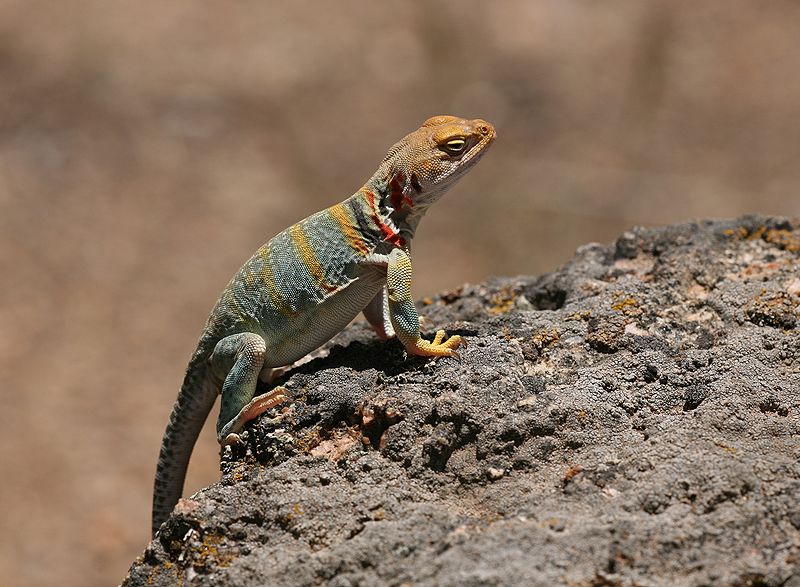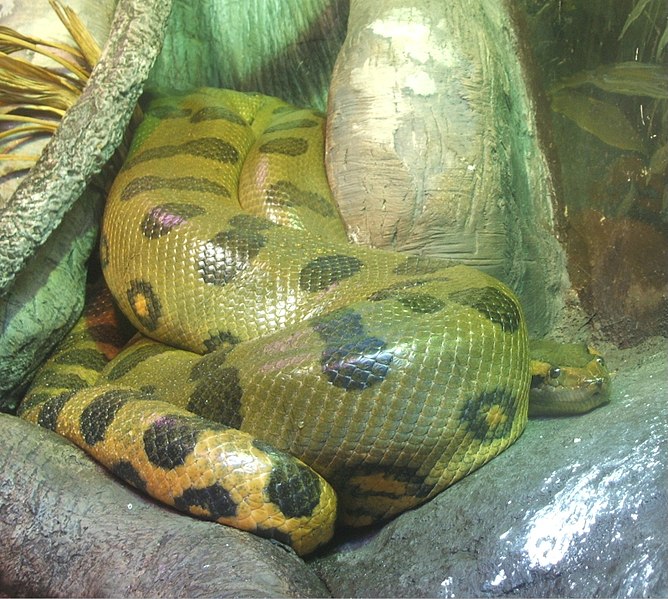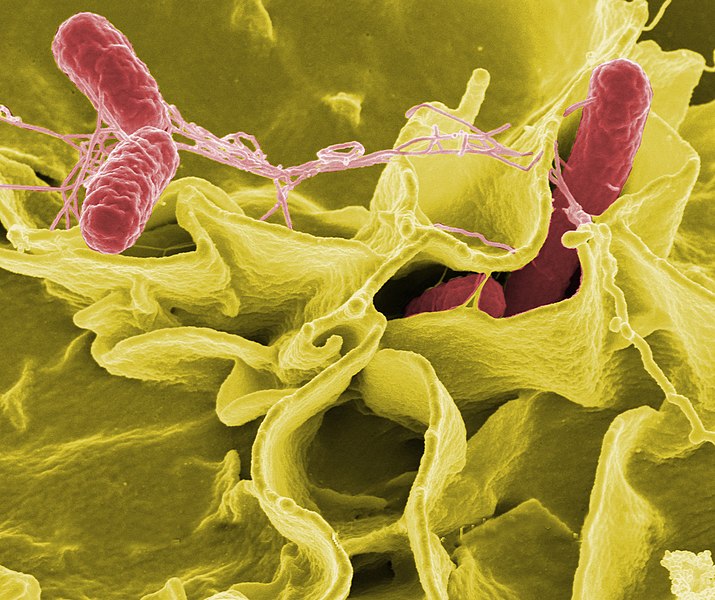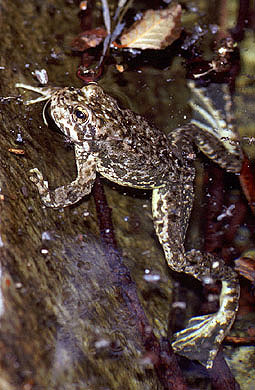 The Partnership for Amphibian and Reptile Conservation (PARC), a group comprised of private citizens, herpetologists, environmental organizations and others, has made great progress in the 10 years since its inception. 2011’s “Year of the Turtle” effort was especially effective in raising support for tortoise and turtle conservation. This year, the group has turned its attention to lizards, with an emphasis on North America’s many unique and imperiled species.
The Partnership for Amphibian and Reptile Conservation (PARC), a group comprised of private citizens, herpetologists, environmental organizations and others, has made great progress in the 10 years since its inception. 2011’s “Year of the Turtle” effort was especially effective in raising support for tortoise and turtle conservation. This year, the group has turned its attention to lizards, with an emphasis on North America’s many unique and imperiled species.
Lizard Conservation Overview
In the eye of the general public, lizards do not suffer the “image problem” that besets snakes, yet they lack the appeal of turtles and frogs. And so their conservation needs are, with few exceptions, not well-known. I sometimes wonder if the high visibility of a few common anoles and geckos in warm locales leads some (non-herp-oriented) people to regard lizard populations as relatively secure. Read More »
 That Reptile Blog – Reptile, Amphibian and Exotic Pet Care and Information
That Reptile Blog – Reptile, Amphibian and Exotic Pet Care and Information



